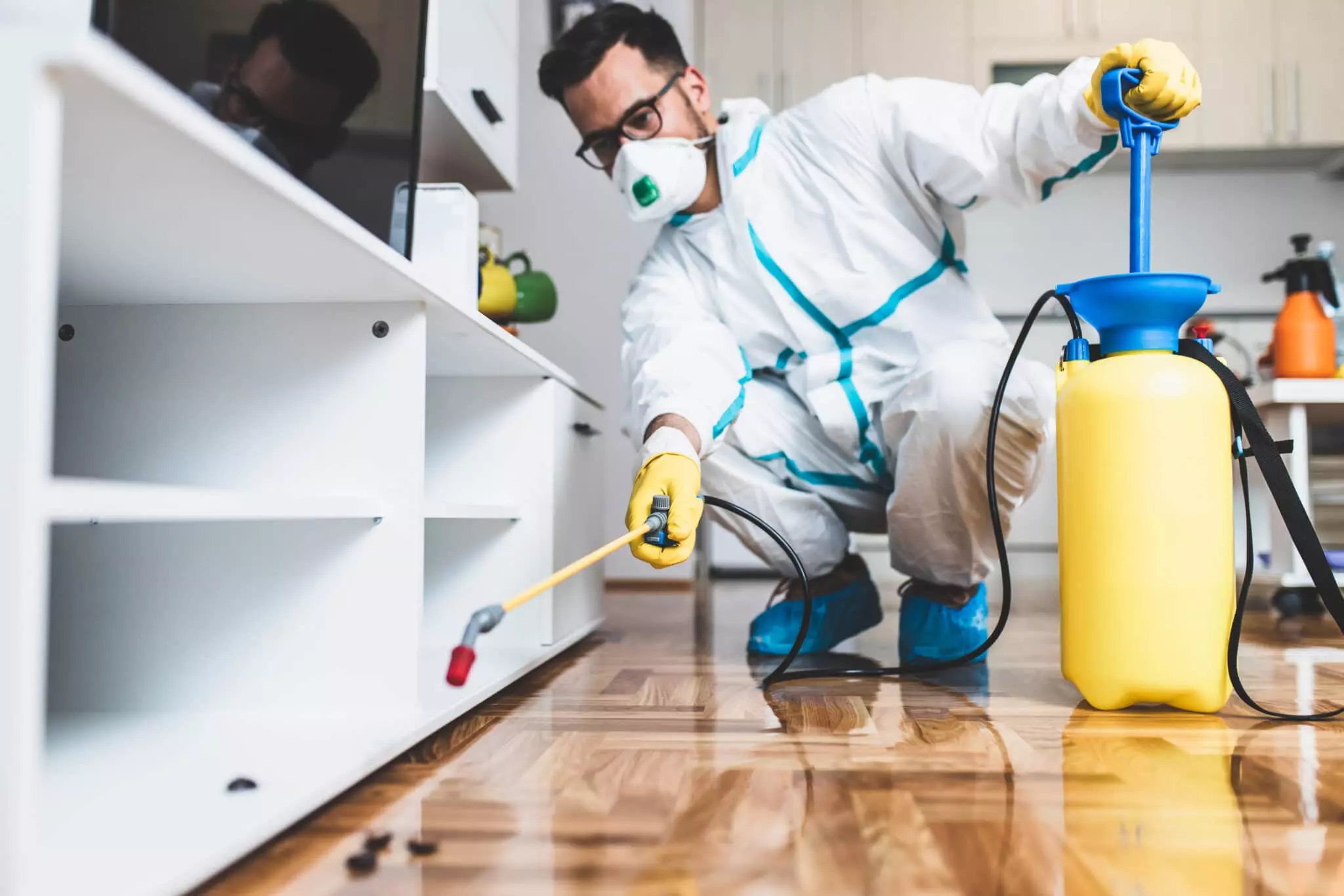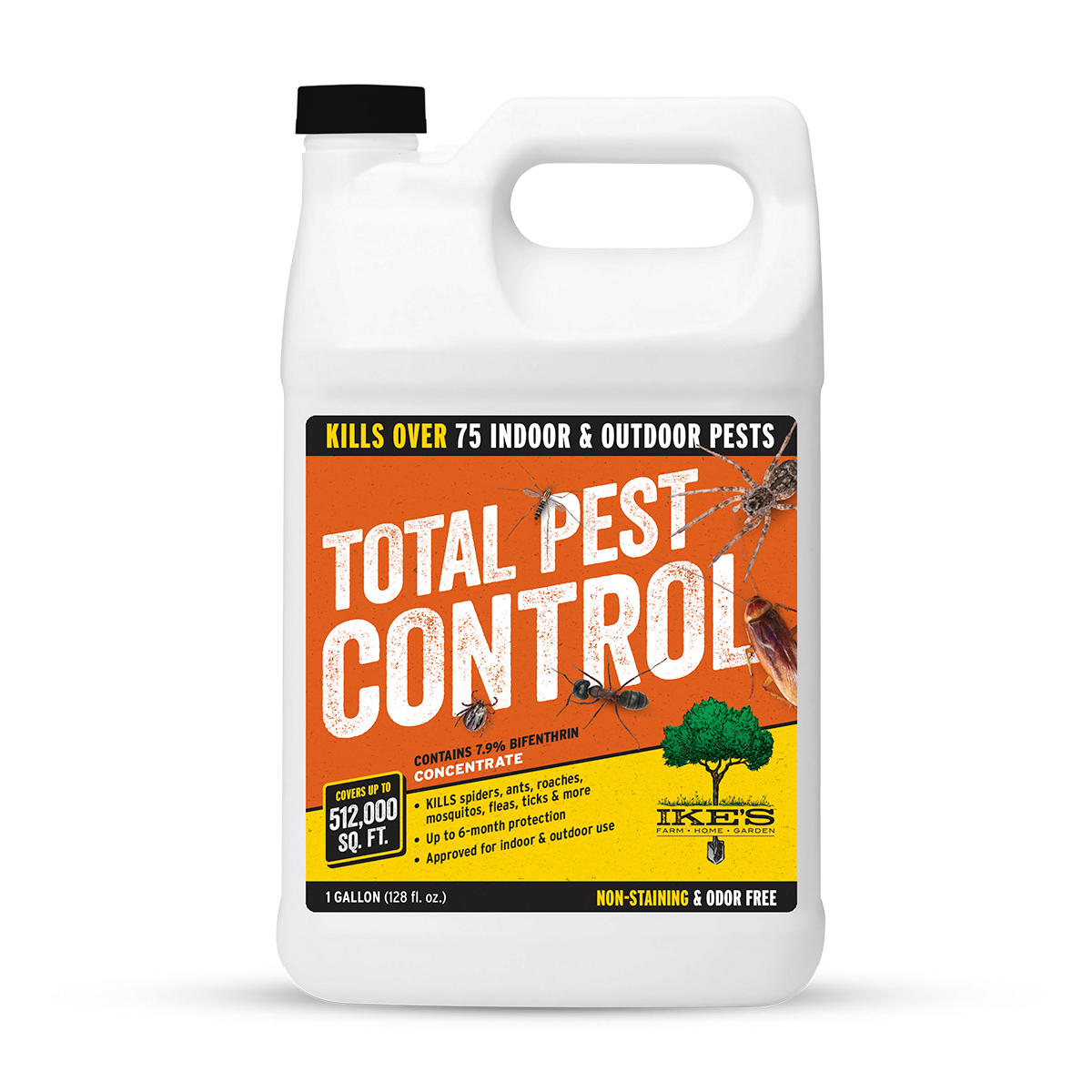Eco-Friendly Pest Control Homestead Options for Family-Friendly Living
Pest Control 101: Identifying Common Vermin and Their Reliable Therapies
Insect control is an essential aspect of preserving a healthy living atmosphere. Common pests like ants, rats, and various insects can pose significant challenges. Recognizing their habits and indicators of invasion is vital for effective management. While chemical options exist, there are additionally natural choices worth taking into consideration. As one discovers the nuances of pest recognition and therapy choices, the significance of avoidance approaches comes to be progressively noticeable. What methods can absolutely maintain pests away?
Identifying Ants: Types and Their Environments
Ants, little yet awesome pests, are a varied group that can be located in various environments around the world. There more than 12,000 identified types, each exhibiting one-of-a-kind actions and adjustments. Usual types consist of the black garden ant, which grows in temperate areas, and the fire ant, recognized for its uncomfortable sting, common in warmer regions. Woodworker ants favor moist timber, making them a problem for property owners, while fragrant home ants are drawn in to human food resources.
Ants construct detailed nests, usually below ground, in timber, or within frameworks. Their environments range from forests to city settings, showcasing their versatility. Most species are social, living in swarms that can vary in size from a couple of lots to millions. Identifying the kind of ant is essential for reliable insect monitoring, as each varieties has various nesting habits and foraging actions that affect control approaches. Understanding their environments aids in prevention and treatment efforts.
Acknowledging Rodents: Signs of Infestation
Rodents, like ants, can present substantial challenges for organizations and home owners alike. Identifying indicators of a problem is vital for efficient bug control. Typical indicators consist of droppings, which are frequently located near food sources or nesting areas; small, dark pellets that can be mistaken for seeds. Chewed cords, furniture, or packaging might also signify a rodent visibility, as they constantly chomp to keep their teeth convenient. In addition, homeowners could see gnaw marks on baseboards or wall surfaces. Unpleasant odors, stemming from pee and droppings, can indicate a larger trouble. Damaging or scooting noises, particularly at night, are another indication of rodents. The presence of nests, generally composed of shredded products like paper or material, can confirm an infestation. Dealing with these signs promptly can help minimize damage and protect against the spread of conditions connected with rodents.
Typical Pest Vermin: From Aphids to Termites
Pests represent a diverse group of parasites that can create chaos in gardens and homes, with varieties ranging from tiny aphids to devastating termites. Aphids are little, sap-sucking insects that can rapidly infest plants, resulting in stunted development and distortion. They often bring in ants, which secure them from natural predators. On the various other end of the spectrum, termites are infamous for creating considerable architectural damage to wood structures. They consume cellulose found in timber, endangering the stability of homes and structures. Other typical pest pests include roaches, which grow in unsanitary conditions, and bedbugs, understood for their attacks and trouble in elimination. Flies, especially houseflies, can infect food and transfer conditions, while insects posture health and wellness threats via their bites. Reliable pest monitoring starts with identifying these insects and recognizing their actions, which is necessary for stopping infestations and securing both home and wellness.
Reliable Therapies: Chemical and Natural Solutions
While house owners usually seek immediate remedy for bug problems, choosing the ideal therapy-- whether chemical or natural-- requires careful factor to consider of performance and safety and security. Chemical solutions, such as chemicals and pesticides, can provide fast results yet frequently bring threats, consisting of possible injury to non-target species and environmental problems. Property owners must review tags, adhere to application standards, and think about the timing of therapies to minimize dangers.
Conversely, all-natural options, such as diatomaceous earth, crucial oils, or homemade traps, interest those seeking eco-friendly alternatives. They may take longer to show outcomes, lots of all-natural treatments are safer for families with pet get more info dogs and kids. Integrated bug monitoring, which integrates both chemical and all-natural approaches, can additionally work. Ultimately, the selection between these treatment types need to line up with the extent of the problem, individual values relating to safety and security, and the specific insect being targeted
Avoidance Strategies: Maintaining Your Home Pest-Free

Furthermore, appropriate landscaping can discourage insects; keeping shrubs trimmed and eliminating particles from the lawn lessens hiding places. Homeowners should likewise think about wetness control, as several bugs thrive in wet conditions. Fixing leakages and making sure correct drainage can minimize this threat. Utilizing natural deterrents, such as vital oils or diatomaceous earth, can create an undesirable atmosphere for parasites. By applying these approaches, individuals can create a pest-free home and reduce the chance of future problems.
Often Asked Inquiries
Exactly how Do I Know if I Have a Parasite Issue?
Signs of a parasite problem include droppings, gnaw marks, nests, or uncommon noises. Observing harmed food or building, as well as inexplicable rashes or attacks, may additionally show the existence of pests in the atmosphere.
Exist Any Type Of Seasonal Insect Trends to Be Knowledgeable about?

Can Indoor Plant Kingdom Bring In Insects?
Indoor plants can indeed draw in parasites, as they give an ideal atmosphere for pests like aphids and spider mites. Pest Control Homestead. Correct treatment and regular assessment are vital to keep and protect against invasions plant health
What Are the Health And Wellness Dangers Connected With Parasite Infestations?
Pest invasions present various health risks, including allergies, respiratory issues, and the spread of illness. Exposure to pests like rodents and insects can result in infections, bites, and contamination of food and living atmospheres.
Exactly how Frequently Should I Evaluate My Home for Parasites?
Routine inspections need to happen at least when every period, guaranteeing any kind of indications of insect task are discovered early. Homeowners may adjust regularity based on their certain atmosphere and previous bug concerns. Uniformity is essential.
Common pests like ants, rats, and different pests can pose significant difficulties. Identifying the type of ant is vital for effective parasite monitoring, as each varieties has various nesting routines and foraging habits that affect control techniques. While property owners typically seek immediate alleviation from bug problems, selecting the appropriate treatment-- whether chemical or natural-- calls for mindful factor to consider of performance and safety. Efficient parasite control expands beyond instant therapies; it additionally includes proactive steps to prevent invasions prior to they start. Seasonal pest patterns frequently include enhanced rodent activity in fall as they look for heat, while springtime generally brings an influx of ants and termites.